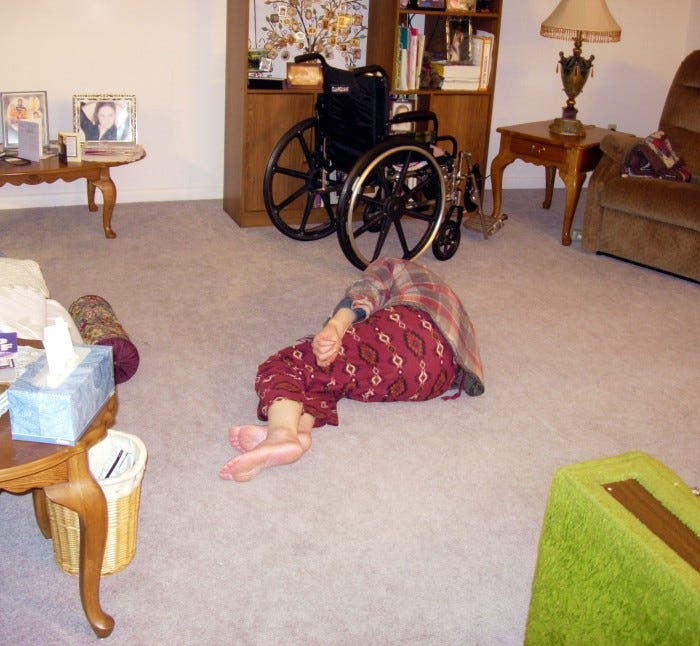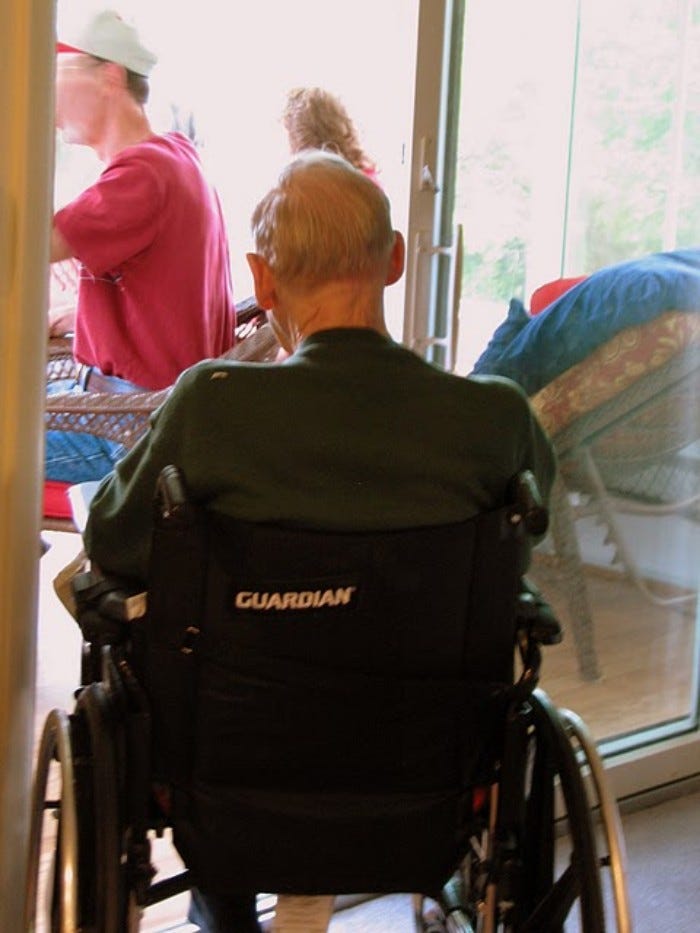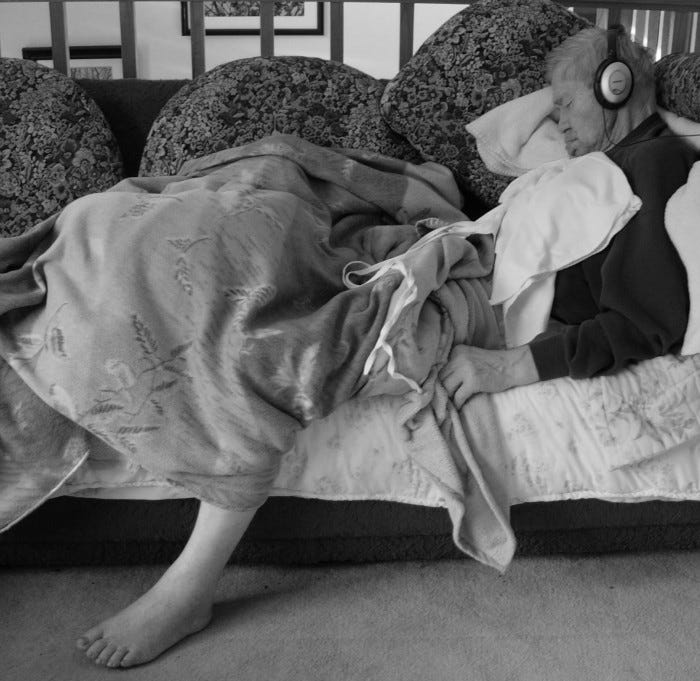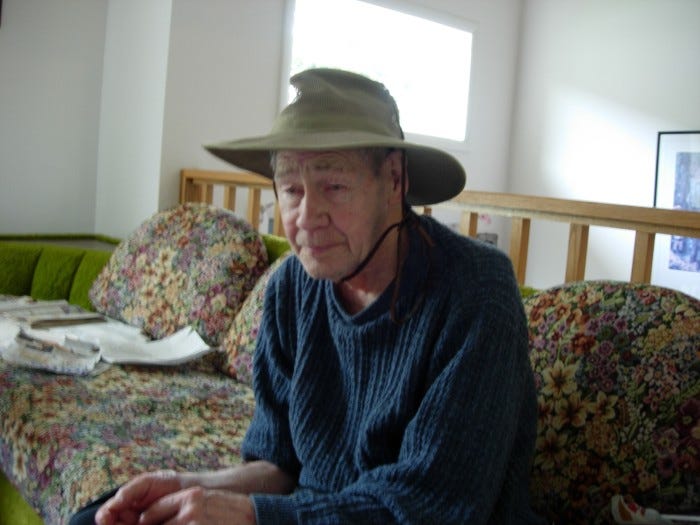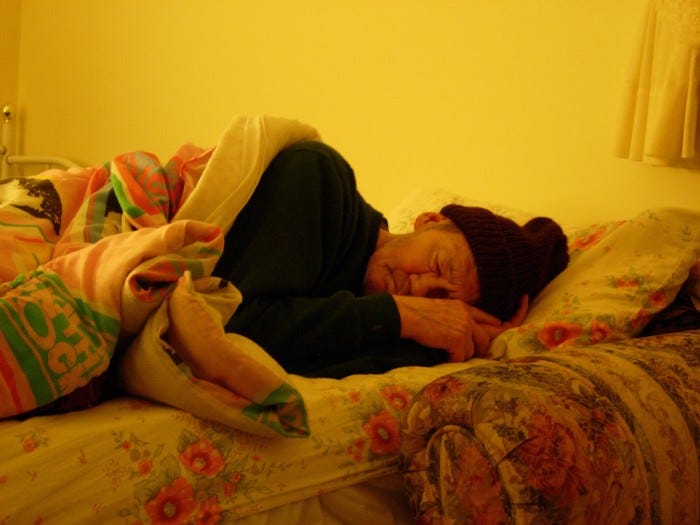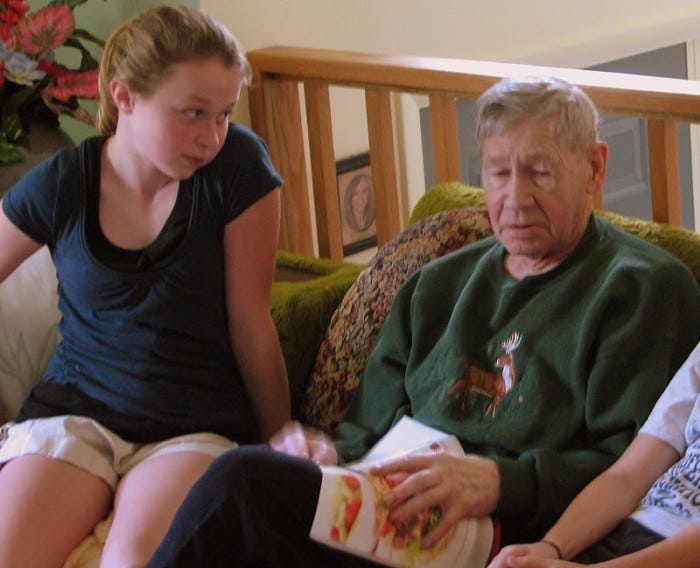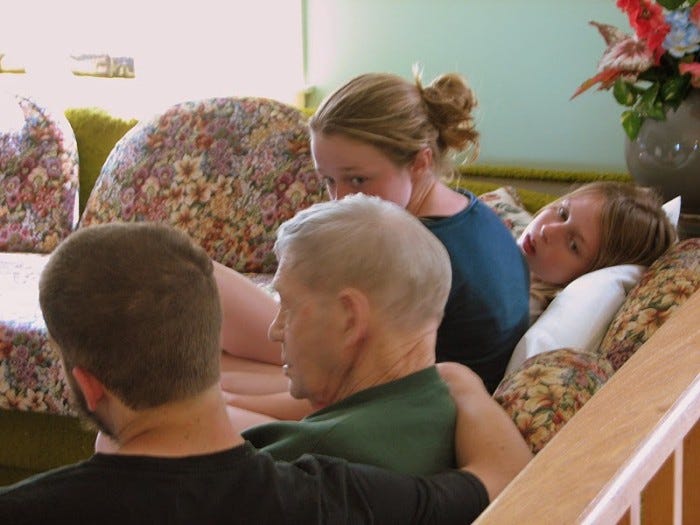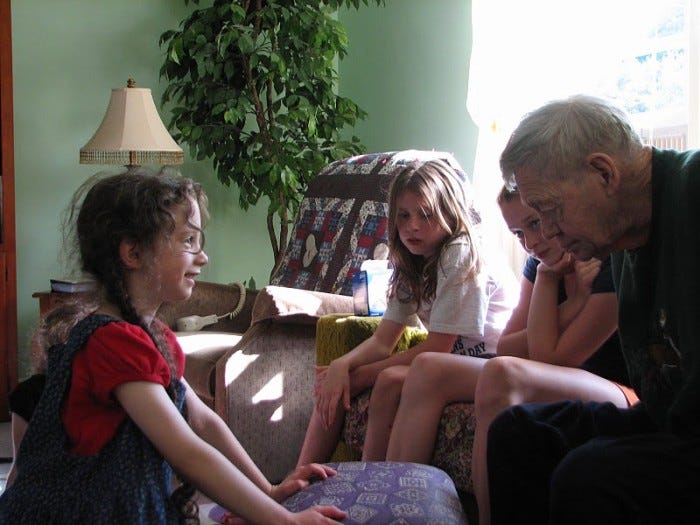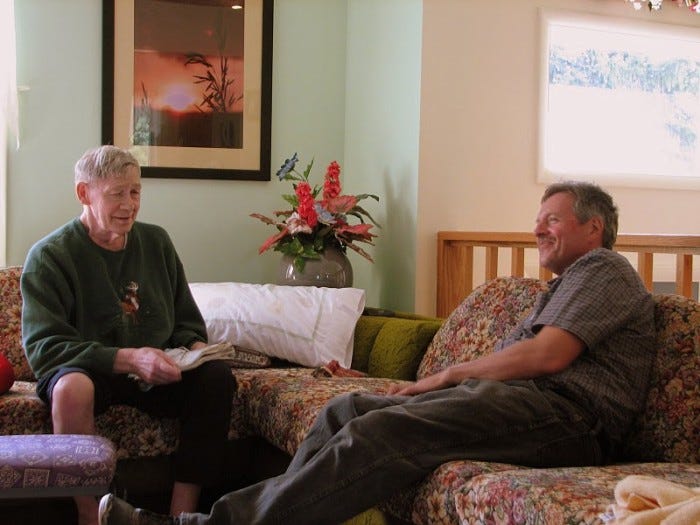There is the old familiar saying, “A picture is worth a thousand words.” The sentiment is only partly true. A picture of the Grand Canyon can convey its physical appearance far more clearly than a thousand words. But a picture tells you very little about what someone thought about the Grand Canyon. If someone brings home a postcard of the Grand Canyon that picture on the postcard does not tell you whether they were elated or fearful at the sight.
To take the thought further, a picture is not good at conveying the detail of complex ideas. A good picture of a person may hint at the complexities of the subject, but it cannot speak clearly about past sorrows, joys, or accomplishments. I could convey more detail about the life of a person I know in a thousand words than in a single picture. But a picture would give you a clearer understanding of their appearance than I could convey in a thousand words.
It is also said, “Pictures don’t lie.” But this is not true. Anyone who understands photography knows you can present false information in a picture, whether by the physical altering of the photo (very easy with today’s technology) or by simply altering the lighting, posing, or setting of a photo. Even the most simple photograph is not just conveying what is–it is conveying a certain perspective.
Words don’t replace pictures, and pictures don’t replace words. They simply tell different stories.
Why am I saying all of this? Because when I look at pictures of Grandpa from during the time I cared for him, I am always struck by these realities. I think “There is so much that photo isn’t saying. There is so much that photo isn’t showing.” But also I sometimes see a photo and think, “That photo is showing something I couldn’t convey in words.”
The memories, words, and photos I have of the time I cared for Grandpa balance each other out. They each tell a slightly different story. In my memories, and often in my writing, what comes more readily are the bad times. But then I see some photos–photos of things I lived through–and it gives me a different perspective.
I would divide the following selection into two categories. The first are sad pictures, which present an approximate chronicling of Grandpa’s decline:
In the early days he spent a lot of time sitting at the kitchen table.
Later, when he was no longer able to walk well (or at all) he would often crawl around the house until he was so exhausted he lay down and slept wherever he happened to be.
He never wanted to be alone. This photo is from two months before Grandpa died.
This last photo was taken only a few days before Grandpa died. He was no longer eating or drinking, only sleeping.
It is hard to describe my reaction to those photos. They are sad, and at the same time when I look at them I feel like they don’t do justice to what happened. The living, and feeling, can’t be distilled down to what the pictures show.
But then I see the happy pictures, which remind me of things I need to not forget.
Grandpa liked hats. He was always more than willing to wear hats. Here he is wearing my younger brother’s hat.
This picture says a lot to me.
The pictures that say the most to me are the following. They were taken on July 4th, 2009, two months before Grandpa died. It is when I am looking at these pictures above all others that my thoughts turn to what I said at the beginning of this post. The last months of Grandpa’s life were extremely difficult for me. Grandpa was slowly slipping out of my grasp, eating less and less and as a caregiver is was very hard for me to care for someone slipping away. The most immediate memories that come to me from the last months of Grandpa is one unending blur of trying to coax him, and help him, to eat.
It was emotional and psychological misery, and it is very easy for that to become the only window through which I see the last months. But these pictures show a different side. The vision is so different it is almost hard to believe when I look through the pictures. A stranger looking at those pictures wouldn’t think Grandpa was nearly incapable of speaking, or eating. They wouldn’t guess how after the party was over it was a battle with apathy and exhaustion to get Grandpa to eat a few mouthfuls. And for that reason the pictures can feel like a lie. But it isn’t that they lie–it is that they only capture a small part of the picture. A very small part, but a very important part. There were many sad times, and many hard times, but there were happy times too. Even though Grandpa was in the last weeks of his life, and just about everything had fallen apart for him, when his children and grandchildren were around he could still be happy.
Perhaps even very happy.
And in that the pictures remind me of something it is easy for me to forget, and which is good to remember.
Grandpa with a granddaughter.
Grandpa with a son.
Grandpa with another son.
Grandpa on the couch.
Grandpa interacting with his granddaughters.
Grandpa sharing a laugh.
Today, December 31st, would have been Grandpa’s 82nd birthday.
[Note: This ended the blog As We Lived Before.]
Note: This material originally appeared in a blog I wrote while caring for my grandfather as he journeyed through dementia. It ran 2006-2009 and ended at the time of his death. This blog was the incipient material for a book, “The Sea is Wide: A Memoir of Caregiving.” If you have appreciated this writing, please consider purchasing the book and sharing it with others.





